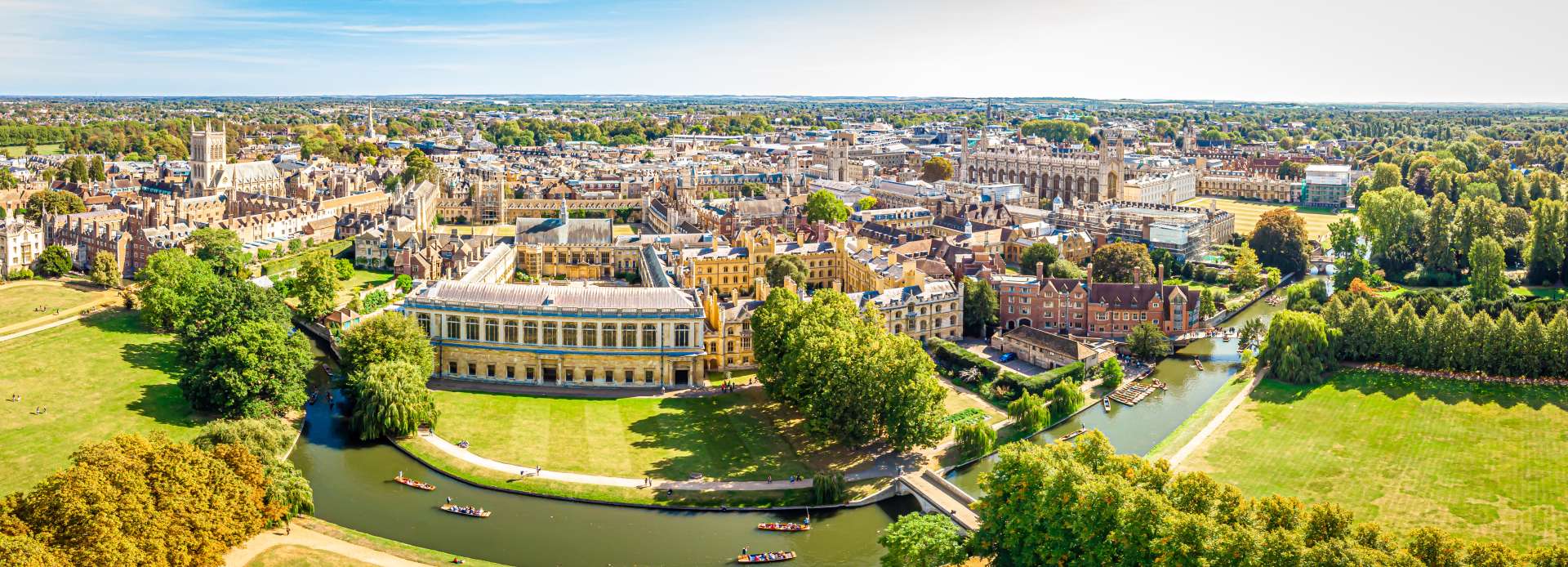
Oxburgh Hall — A Moated Tudor Escape in Norfolk
Step Inside a Family Home of Secret Passages, Catholic History, and Woodland Walks Oxborough, near Swaffham, Norfolk, England, PE33 9PS
Specification
A Home Built for Beauty and Protection
Tucked into the Norfolk countryside, Oxburgh Hall is one of England’s most atmospheric Tudor houses.
Built in 1482 for the Catholic Bedingfeld family, its red-brick walls, gatehouse towers, and wide moat make it look like a fairy-tale fortress — though its history includes real danger and resilience.
Today, it remains a warm family home shaped by centuries of devotion and deep roots.
A House of Hidden Faith and Surviving Spirit
During the English Reformation, the Bedingfelds stayed loyal to the Catholic church.
Because of that, they faced suspicion and hardship — yet the family refused to abandon their beliefs.
Inside the hall, a famous priest hole reveals this risky past.
It hid Catholic clergy from arrest during a time when secret worship could be punishable by death.
Therefore, Oxburgh Hall stands today as a rare survivor of both political turmoil and private courage.
Exploring Oxburgh Hall
1. The Gatehouse and Moat
Cross the bridge over the still water and pass through the impressive Tudor gatehouse.
Its square towers and battlements create a dramatic first glimpse of life behind the walls.
2. Period Rooms and Family Treasures
The interior shows how the Bedingfelds adapted through changing eras.
Look for:
Fine tapestries and portraits
King’s Room honouring royal visits
The Library filled with books and personal memories
In addition, friendly guides share stories that make the house feel truly lived-in.
3. The Priest Hole and Needlework
The Priest Hole, discovered under a floorboard in the 19th century, remains a powerful link to the family’s faith.
Nearby, the Oxburgh Hangings — embroidered by Mary, Queen of Scots and Bess of Hardwick — highlight remarkable female creativity during imprisonment.
Learn more at the National Trust website
Gardens and Woodland Trails
Outside, colourful borders, orchards, and gentle lawns surround the house.
Longer walks lead through woodland and parkland alive with birds and seasonal flowers.
Furthermore, quiet benches along the moat allow reflection with a view.
It’s a place where nature and history feel perfectly balanced.
Visiting Oxburgh Hall
How to Get There
Address: Oxborough, King’s Lynn PE33 9PS
By Car: Free parking for National Trust members
By Bus: Services from Swaffham and King’s Lynn (check times)
Opening Hours & Admission
House and gardens open seasonally
Parkland open year-round
Free for National Trust members
Facilities
Café and shop
Toilets and picnic areas
Step-free access around grounds; some indoor steps
Family trails and activities
Nearby Attractions
Castle Acre Priory — Extensive medieval monastic ruins
Gooderstone Water Gardens — Wildlife-rich nature gardens
Thetford Forest — Cycling and outdoor adventure
Walsingham Abbey — Historic pilgrimage site
Together, they form the West Norfolk Heritage Trail.
Why Visit Oxburgh Hall?
The Oxburgh experience blends:
Tudor architecture
Deeply personal family history
Rare Catholic heritage
Beautiful gardens and wildlife
Whether you explore the priest hole, wander the moat path, or enjoy a peaceful afternoon in the orchard, Oxburgh Hall invites curiosity and calm.
It’s not just a house — it’s a story of devotion kept alive.






No Reviews